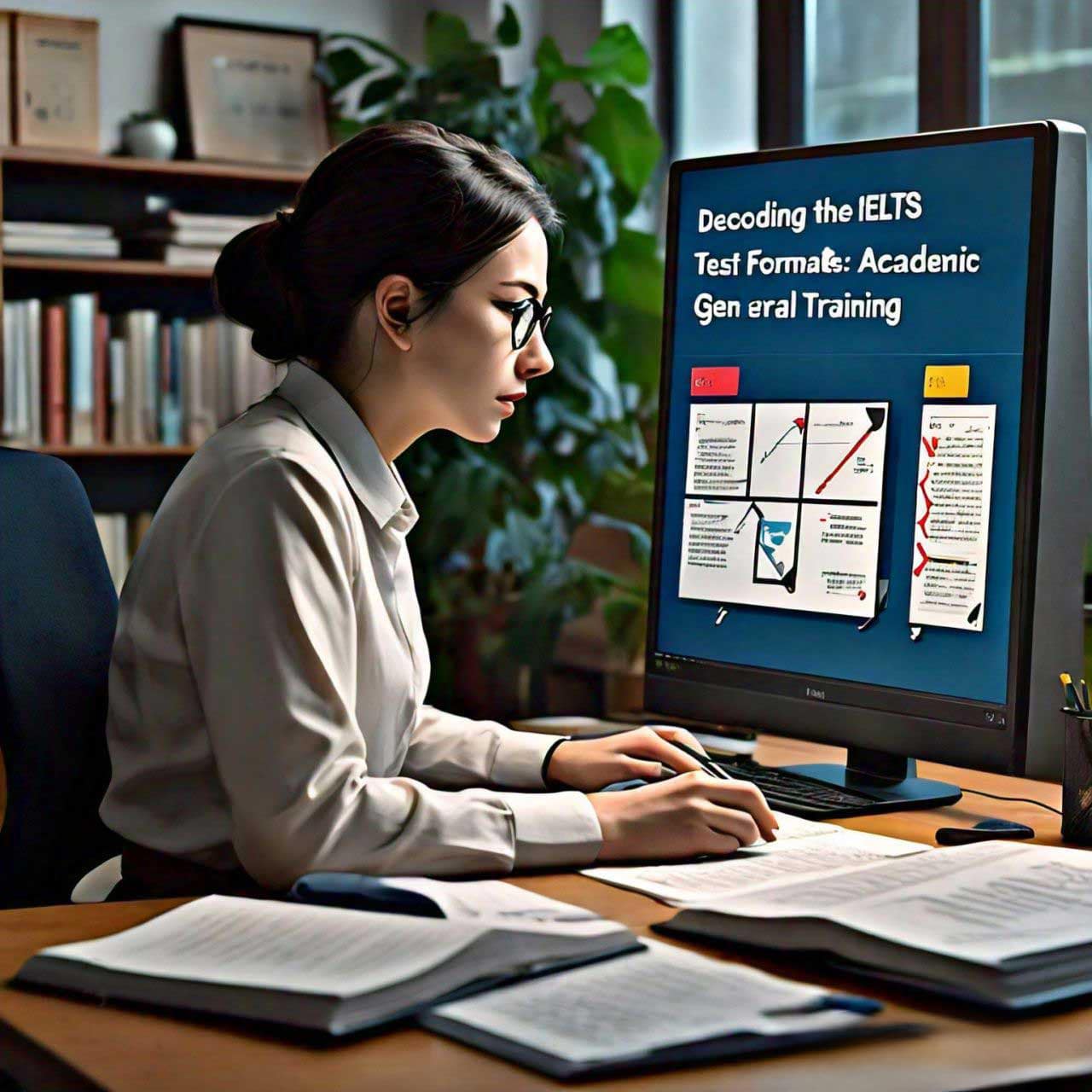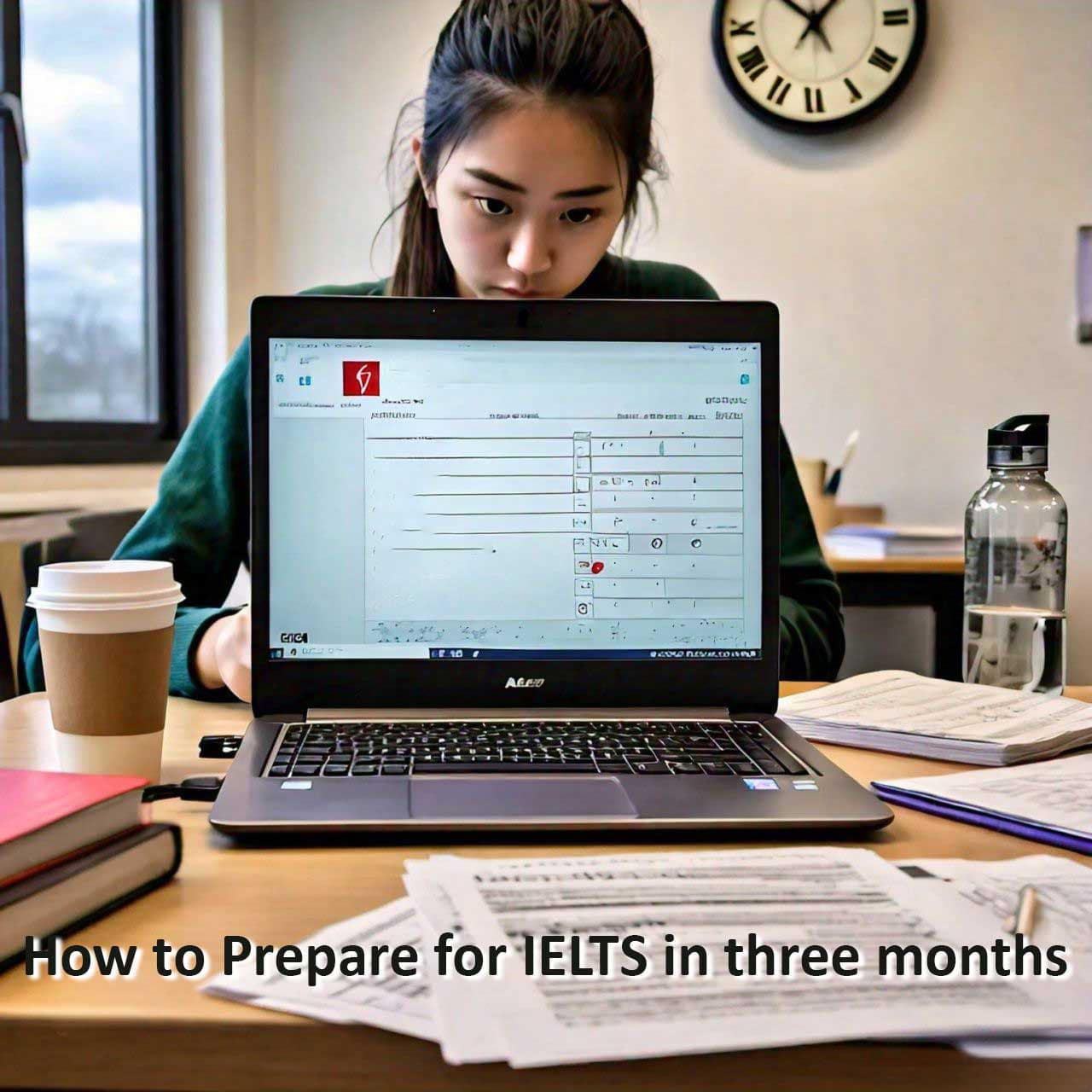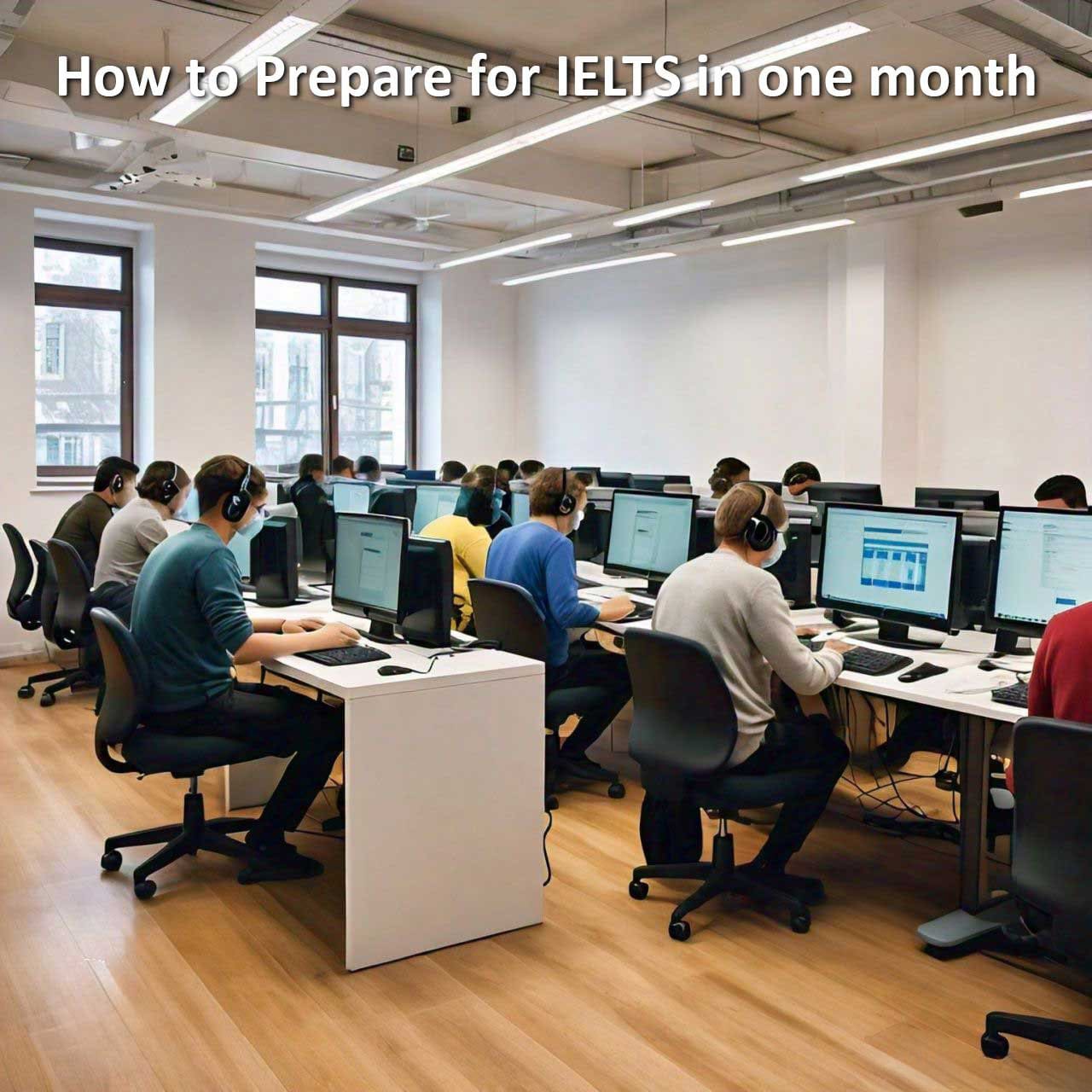Preparing to take the International English Language Testing System (IELTS)? Your first major decision will be choosing between two test formats: Academic and General Training. Let’s break down everything you need to know to make the right choice.
Table of Contents
The Academic Format: Your Path to Higher Education
If you’re planning to study at a university or need professional certification in an English-speaking country, the Academic format is designed for you. This version tests your ability to handle complex academic language and concepts.
What to Expect in Academic IELTS
Reading Section
- Three challenging passages from academic sources like journals and textbooks
- Questions include multiple-choice, matching headings, and sentence completion
- Focus on understanding scholarly content and academic vocabulary
Writing Section
- Task 1: Analyze and describe visual data (charts, graphs, or diagrams)
- Task 2: Write an essay responding to an academic prompt
- Emphasis on formal writing style and analytical skills
Listening Section
- Four recordings featuring academic lectures and discussions
- Complex vocabulary and concepts typical of university settings
- Various question formats testing comprehension of academic content
Speaking Section
- Face-to-face interview with a certified examiner
- Three parts: personal interview, prepared speech, and abstract discussion
- Assessment of academic vocabulary and complex idea expression
The General Training Format: Your Gateway to Work and Immigration
Planning to work or immigrate to an English-speaking country? The General Training format focuses on practical, everyday English skills you’ll need for work and daily life.
What to Expect in General Training IELTS
Reading Section
- Practical texts from newspapers, ads, and instruction manuals
- Questions focused on real-world comprehension
- Emphasis on understanding everyday written English
Writing Section
- Task 1: Write a letter addressing a practical situation
- Task 2: Essay on a general interest topic
- Focus on clear communication and practical writing skills
Listening Section
- Recordings of everyday conversations and situations
- Workplace and social scenarios
- Questions testing practical listening comprehension
Speaking Section
- Same format as Academic but with different focus
- Topics center on personal experiences and daily life
- Emphasis on conversational English skills
Making Your Choice: Key Factors to Consider
Choose Academic IELTS if you’re:
- Applying to universities or higher education programs
- Seeking professional certification or registration
- Planning to pursue advanced academic studies
Choose General Training IELTS if you’re:
- Applying for work visas
- Planning to immigrate
- Seeking vocational training or secondary education
Additional Considerations:
- Check specific requirements for your destination country or institution
- Consider your personal strengths in English usage
- Think about your long-term career and education goals
- Verify visa requirements, as some countries have specific format preferences
The Bottom Line
Both IELTS formats are equally challenging but serve different purposes. The Academic format prepares you for university-level studies and professional certification, while General Training equips you for practical workplace and daily life situations. Your choice should align with your future plans and the specific requirements of your target institution or country.
Remember: Success in either format depends not just on English proficiency, but on understanding the test format and preparing accordingly. Choose the version that best matches your goals, and you’ll be setting yourself up for success in your IELTS journey.



